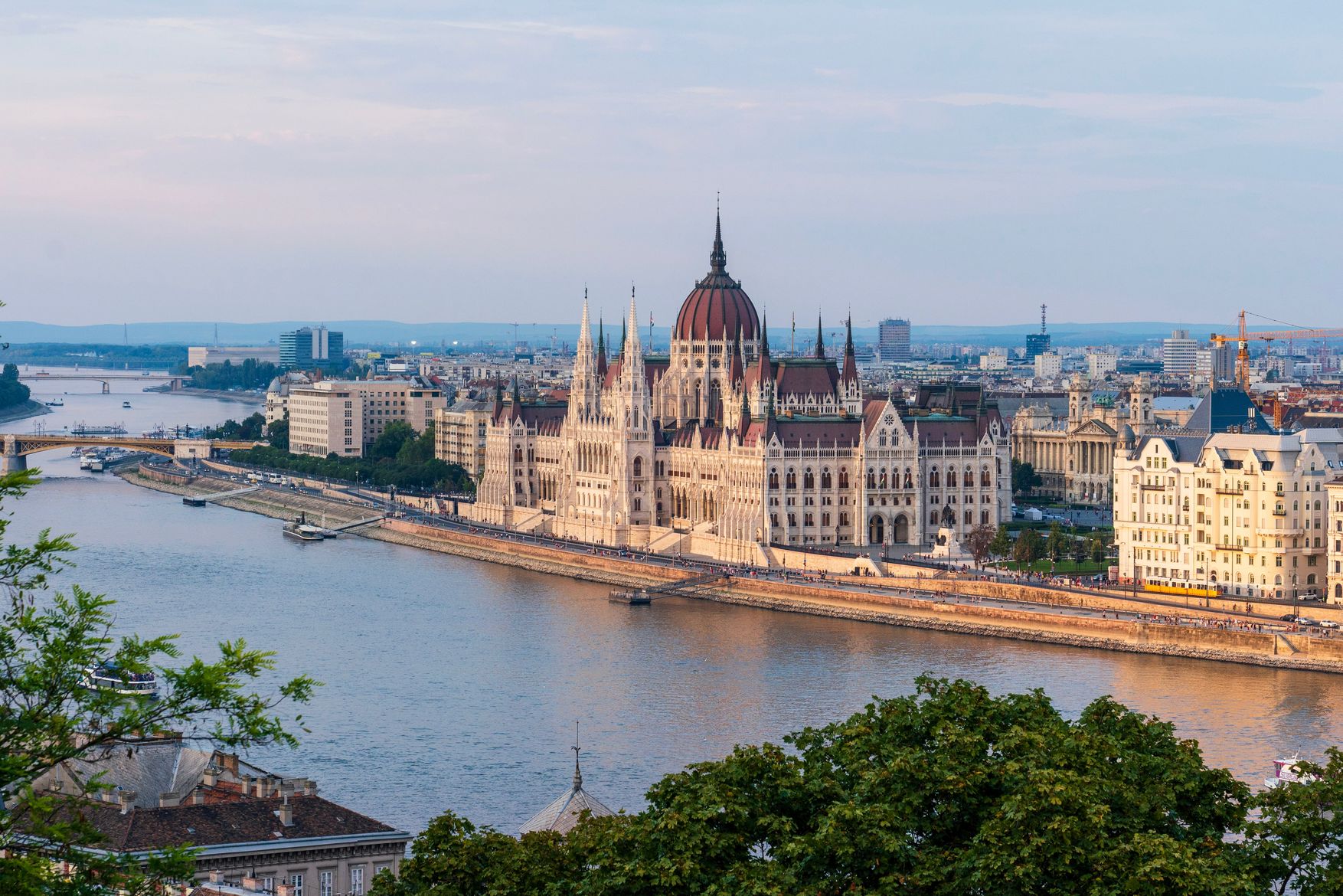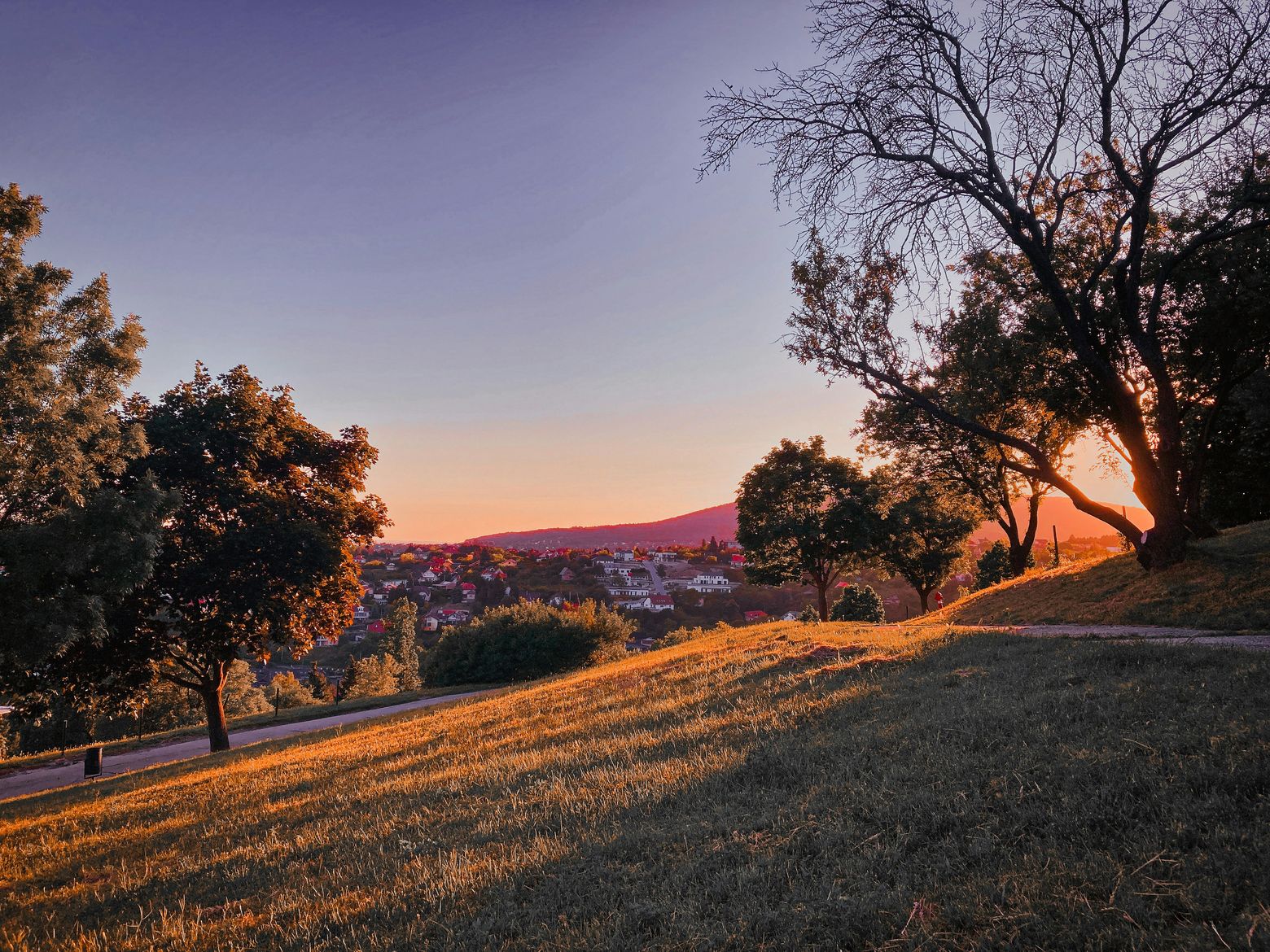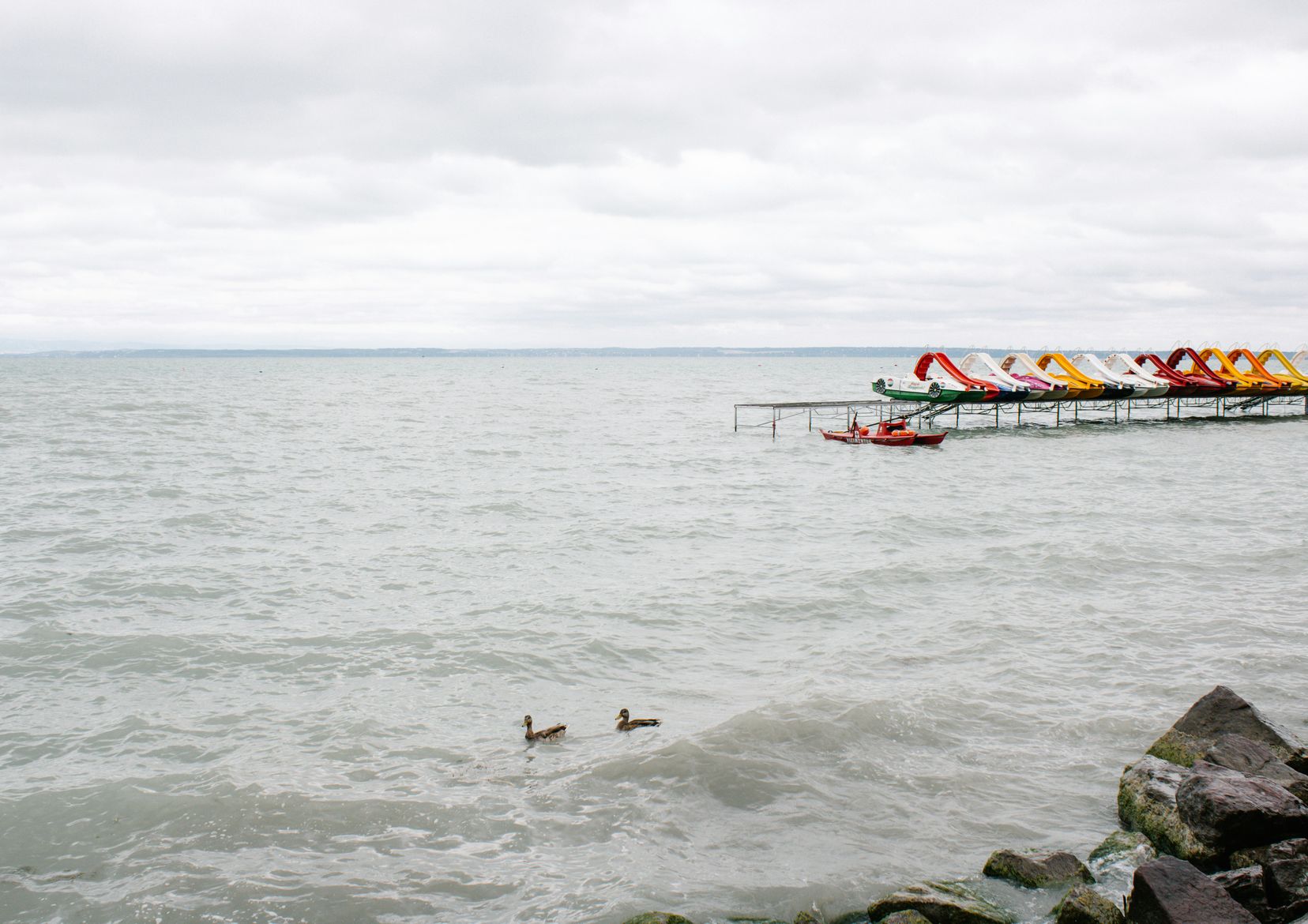Top 3 Cities Hungary
Hungary
In many people’s minds, Hungary is associated with a long-ago school trip or the world-famous goulash. However, the country is rich in culture and sights. The landlocked country has been a member of the EU since May 2004 and currently still trades in the local currency, the Hungarian Forint. The country is, however, preparing for the introduction of the euro to the delight of many holidaymakers.
The combination of impressive buildings in Budapest, Lake Balaton and the flat landscapes in Pannonia make the country a very exciting travel destination in Europe. A considerable 9.8 million people inhabit the fascinating country, which has something to offer people of all ages and interests as a holiday destination.
This article provides a brief summary of our Favourite 3 Hungarian Cities that are certain to delight all travellers.
Good to know
- Ernő Rubik’s Rubik’s Cube, the ballpoint pen and holography were all invented by Hungarians.
- Official language: Hungarian
- Hungary is one of the oldest countries in Europe. Founded in the year 895 - before France and Germany became independent.
- Clinking beer glasses should be avoided if possible in Budapest, as it is considered to be extremely tactless there.
- Hungarian cuisine is a culinary melting pot of influences from Italy, Turkey, Austria and Germany.
- The largest religious community is the Roman Catholic Church.
Top 3 Cities
Budapest
The capital, Budapest, is a lively and extremely youthful city which is constantly changing. The atmosphere of the city is in contrast to this: imperial with an air of Eastern Bloc charm. The fronts of some of the houses are crumbling, yet it is precisely this which gives Budapest its appeal and redefines “shabby chic”.
Budapest is roughly speaking divided into two districts: Buda and Pest. Buda is the hilly district to the west of the Danube. Situated there, amongst other things, are Castle Hill with the elevated Fisherman’s Bastion and Gellért Hill. Pest is located on the eastern side of the Danube and is the flat part of the city. Here you can explore the Old Town, the imposing government building and also the new districts.
The highlight of the city is the castle district on Castle Hill in the Buda district. In addition to the impressive imperial architecture, from there you have a breathtaking view of the other side of Budapest. Attention couch potatoes: if you don’t feel you are fit enough to climb the hill, you can also use the historic funicular railway for a comfortable way to get to the top.
St. Stephen’s Basilica is also a genuine eye-catcher and offers panoramic views over the entire city from its dome. Not far from there is the most famous promenade and shopping street Váci utca, which invites you to take a stroll along it. At the end of the street, the most important location in the city awaits the gourmets amongst you: the Great Market Hall. On sale are fresh fruit, vegetables, meat, sausages and of course, many souvenirs, too. Small restaurants can also be found in the hall for those who want to enjoy the highlights of the local cuisine straight away.

By day, the city impresses with its architecture and its historic side, and by night it glistens particularly in the Jewish district of Elizabethtown with first-rate bars and pubs, trendy bars and ruin bars, a young designer scene and much more.
For those who haven’t had enough of sightseeing by the evening, we recommend an evening trip along the Danube. Numerous offerings can be found locally and you can enjoy the view of the parliament building and much more whilst sipping a glass of wine or a refreshing cocktail. Couples and families in particular should take advantage of this activity.
Summary: The city is architecturally attractive and captivates people with its youthful and stylish nature.
Pécs
Pécs was the pulsating European Capital of Culture in 2010 and since then, it hasn’t lost its charm. The city was established by the Romans and is known for its architectural landmarks such as the Early Christian Mausoleum with its ornate burial chambers. The northern and eastern walls of the burial chambers are decorated with biblical frescos and remain a popular focal point for those interested in religion and history.
Pécs is located in southern Hungary, close to the Croatian border. The city was previously known as Sopianae and was the capital of the Roman province of Pannonia. A leisurely walk through the historic Old Town, described by many as extremely peace-loving and cheerful, is a must.

The gigantic Pécs Cathedral, which towers high above the central Szent István Square, is definitely worth a visit. Significant artworks from the 19th century can be found inside the place of worship. For fans of architecture it is the ideal place to visit as it boasts a stimulating combination of different construction styles.
The Mosque of Pasha Gazi Kassim represents the complete opposite of this. It was built in the 16th century during the Ottoman occupation of the city and today serves as a Catholic church. Its main appeal is its imposing dome.
One of the main draws for evening entertainment is the National Theatre of Pécs, which guarantees an entertaining and well-balanced way to round off the day.
Summary: The city is perfect for history buffs and cultural enthusiasts.
Siófok
Siófok is a Hungarian city on the eastern part of the southern bank of Lake Balaton, around 120 km south-west of Budapest. It is the capital of Lake Balaton with around 24,000 inhabitants. After the Second World War, Siófok became Hungary’s largest and most popular holiday resort.
The city, with its numerous beaches, extends over 15 km of Lake Balaton and caters to every taste with a variety of cafes, restaurants and discos.

The city’s significant sights include the Water Tower from 1912 and the Jozsef Beszedes Museum, which has information about the history of Lake Balaton.
The harbour and the Meteorological Observatory, which issues storm warnings for the entire Lake Balaton area, are also worth a visit.
Siófok offers its visitors a truly impressive nightlife. Amongst the attractions are numerous renowned discos which not only attract the best Hungarian DJs, but also stars from the techno scene in Germany, Holland and England.
In the summer months, tourists outnumber residents by more than ten times. In addition, many people from Budapest come to the city at the weekend to relax, which is why the city is always extremely bustling and offers all kinds of activities.
Summary: Fantastic location for the summer months, with a wide-ranging evening programme.
Conclusion
Hungary is often unfairly neglected when it comes to making holiday plans. The country is varied and is ideal both for an exciting city break and for a relaxing break with that extra something in terms of entertainment: be it cultural or at the disco.
Are you curious and keen to experience an impressive new culture?
► Click here to book a digital vignette for your trip to Hungary.






